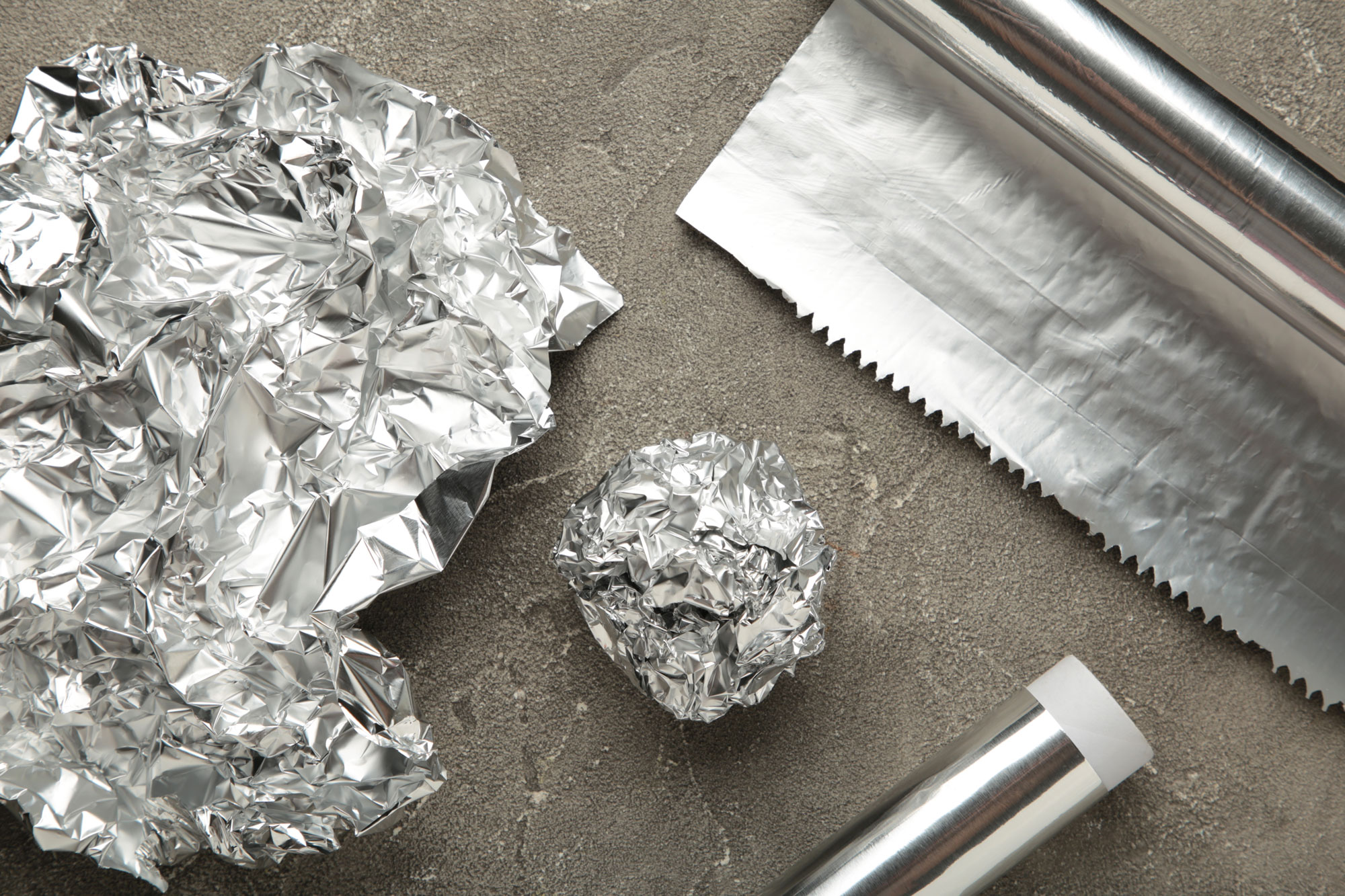9-12 High School
This inquiry investigation of the law of conservation of mass includes a brief review of physical and chemical changes and examples of conservation of mass for both processes. Use the investigation as a discovery-inquiry activity to introduce conservation of mass or as a confirmatory investigation.

How do we know mass is conserved? Your teacher will provide a simple demonstration.
Teacher preparation: Pre-cut a 6–8-in square of aluminum foil. Set a digital balance under a document camera so students can see the balance and its read-out. Weigh the foil flat, folded, and balled up. Discuss results and what conservation means from a physical science perspective.
Mass of aluminum foil flat: __________________________________________
Mass of aluminum foil folded: _______________________________________
Mass of aluminum foil balled up: ____________________________________
Did changing the shape of the foil affect the mass? Was mass conserved?
How can the law of conservation of mass be demonstrated for physical and chemical changes?
HS-PS1-2. Construct and revise an explanation for the outcome of a simple chemical reaction based on the outermost electron states of atoms, trends in the periodic table, and knowledge of the patterns of chemical properties.
Developing and Using Models
PS1.A: Structure and Properties of Matter
Energy and Matter: Flows, Cycles, and Conservation
Wear gloves and goggles and practice safe laboratory procedures.
Calcium carbonate, the precipitate, should be collected from all groups and disposed of in the manner prescribed by local, state and federal guidelines. Do NOT flush it down the sink.
Procedure A: Ice and Water
Procedure B: CaCl2 and Na2CO3
See the student worksheet. Answers will vary but should be close.
Use the data to explain whether mass was conserved in procedures A and B.
Mass should be conserved in both procedures. The initial mass was the same as the final mass.
Translate your explanation above into a mathematical statement.
mass before = mass after
mass(i) = mass(f)
mass(reactants) = mass(products)
Create a particle diagram for each process.

Identify the processes above as a chemical change or physical change, and state the observations used to make the identification.
A. Physical: Water did not change its identity, only its state of matter.
B. Chemical: Two new products and a precipitate were formed.
*Next Generation Science Standards® is a registered trademark of Achieve. Neither Achieve nor the lead states and partners that developed the Next Generation Science Standards were involved in the production of this product, and do not endorse it.
Carolina is teamed with teachers and continually provides valuable resources–articles, activities, and how-to videos–to help teachers in their classroom.
Get the latest news, free activities, teacher tips, product info, and more delivered to your inbox.